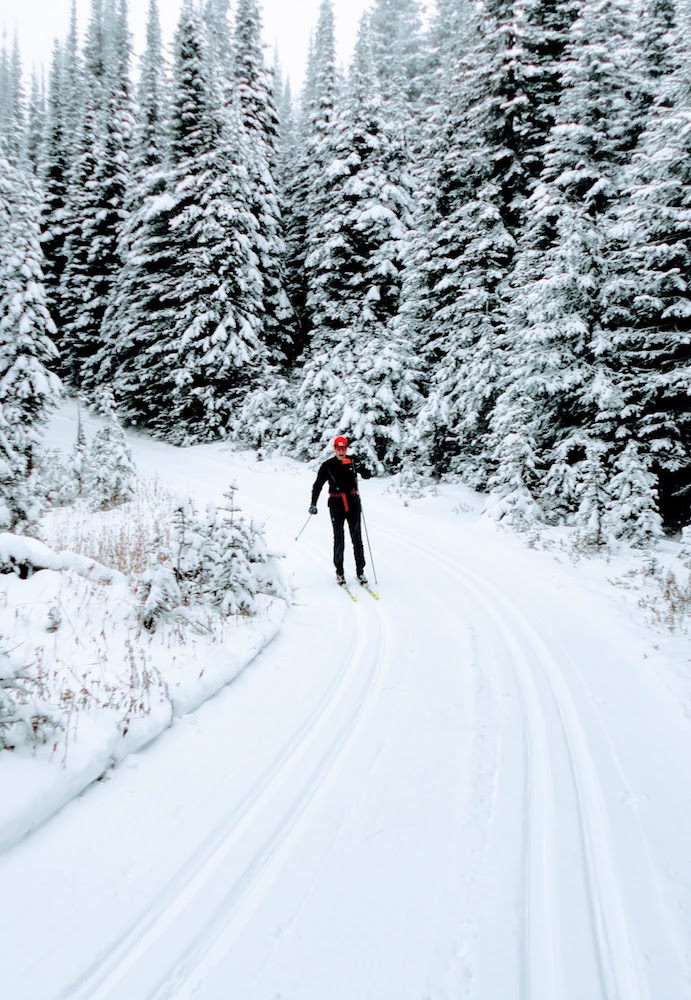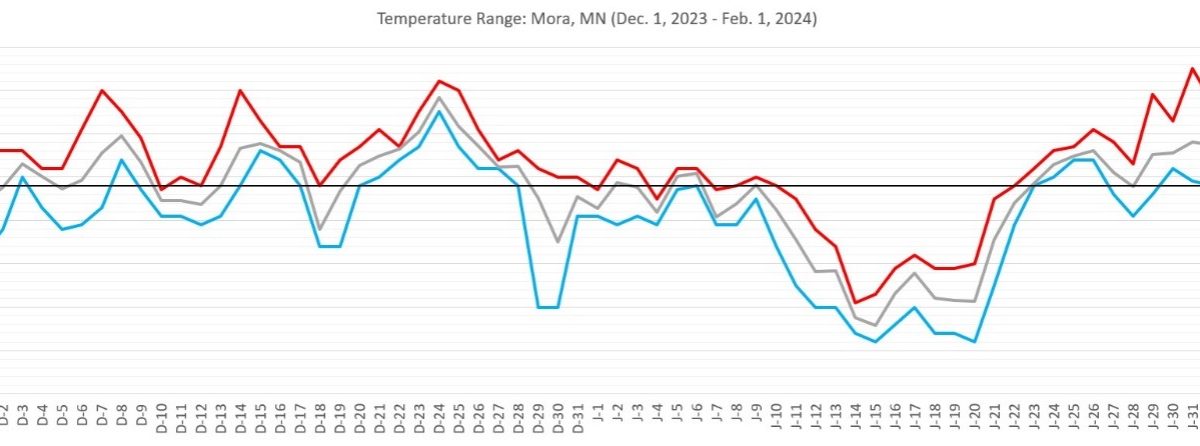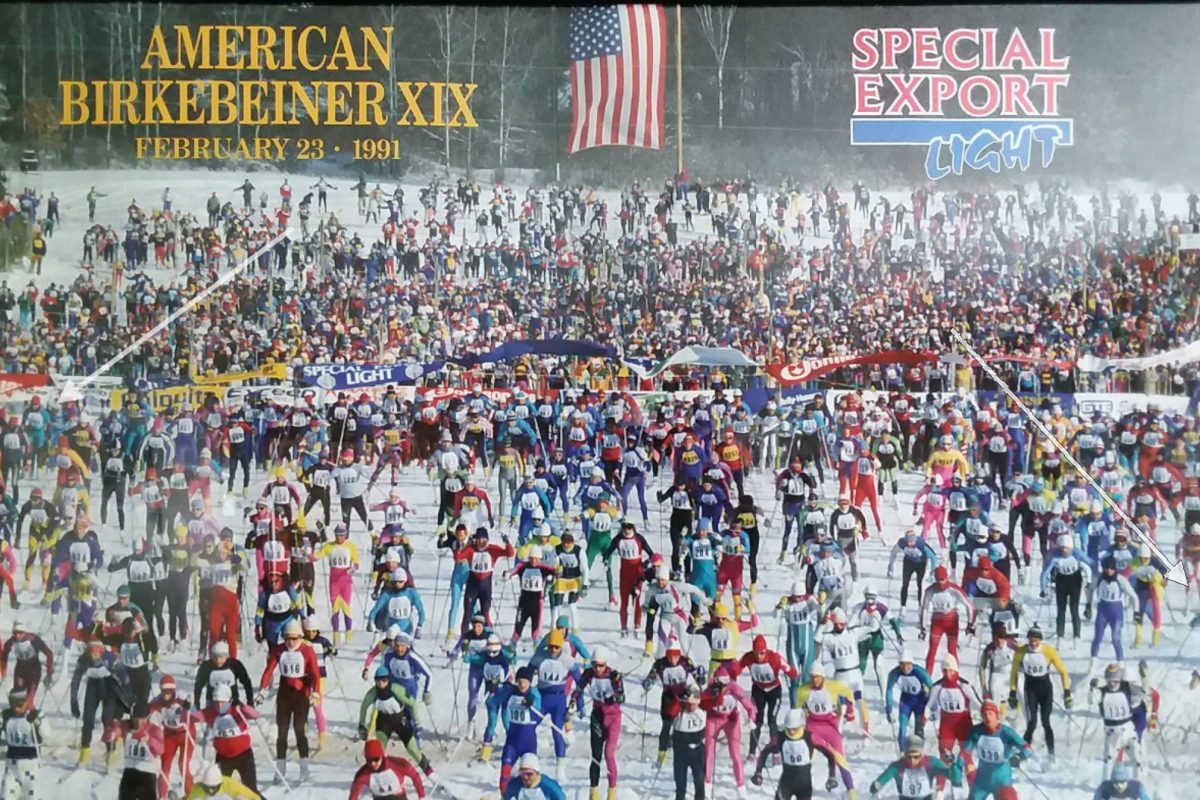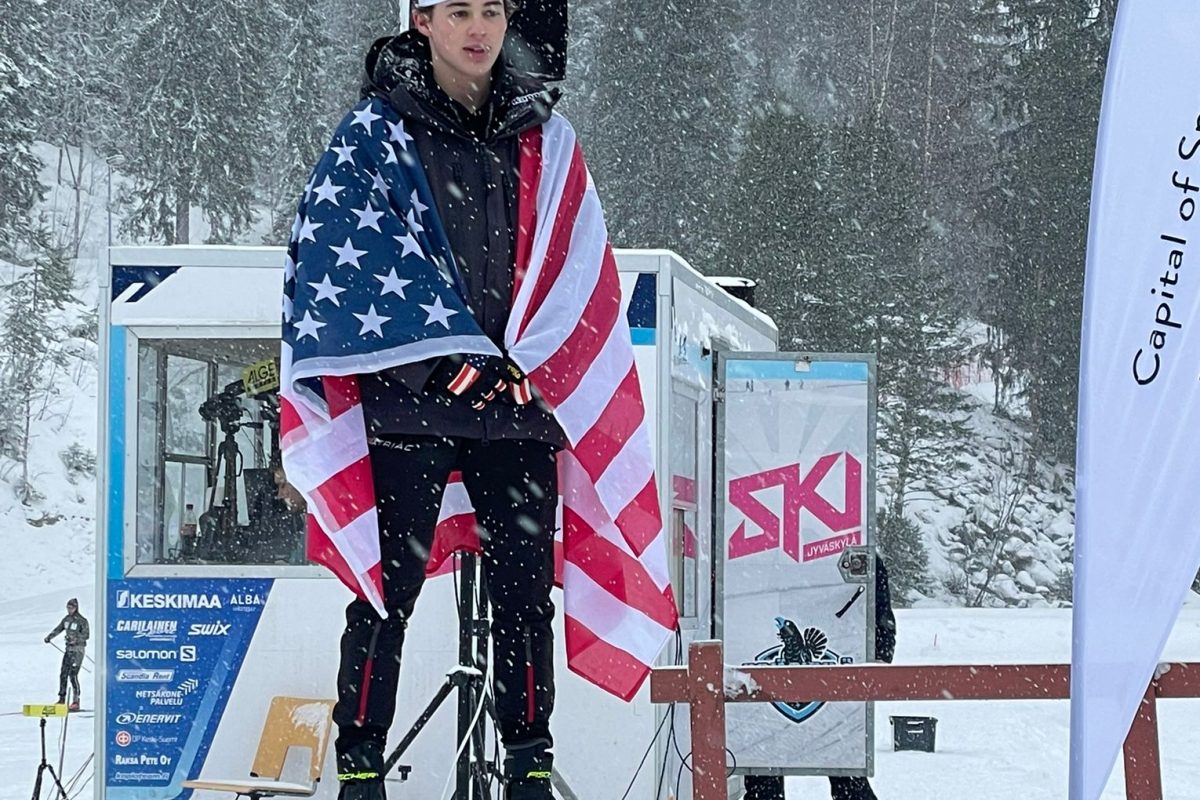
Weather, pandemic travel restrictions, and… a bunch of newbies on the trails? Anyone skiing in the Northeastern parts of the U.S. and Canada knows, as if by osmosis, we acquire a sort of obsessive (and annoying) fascination with the weather. This season adds the Coronavirus pandemic as a factor.
The snowsports industry has been working all summer planning and revising practices for safe skiing this winter. Cross-country skiers are actually lucky in that touring centers usually have fewer bottlenecks where people must gather for more than a couple of minutes, inside or out. For example, there are no lift lines and chairlifts to stress about.
Some things are ‘known’: wearing masks, practicing safe distancing, not sharing air for long. There are some known or knowable unknowns: As of mid-November 2020, Vermont restricts travelers from out of state to a 14-day quarantine. If this continues, it’ll hurt when Prospect Mountain eventually has the snow and trail coverage but we flatlanders don’t. Might want to have an in-state alternative in mind.
But are we ready for an ‘unknown unknown’ in the form of a bunch of new skiers and snowshoers on the trail?
Media in Canada have reported on brisk early-season cross-country ski sales. Those sales projections are anticipated across North America. “We’re running out of skis,” said a buyer at Eb’s Source for Adventure, according to Canada’s Global News that ran in August. Eb’s subsequently boosted their ski equipment orders by a massive 50%. REI posted in PR Newswire this October that “demand for winter gear like cross-country skis and snowshoes are already up more than three and four times over last year”.

I’ve been skiing long enough (including a short career in the industry) that the notion of people buying brand-new packages three months before any reasonable expectation of snow is stunning. Ski retailers have the conundrum of trying to project demand for a season that could be unlike any other in recent memory.
Reese Brown, Executive Director of the Cross Country Ski Areas Association, and a resident of Vermont, said that he’s seen an influx of people who’ve moved up north over the summer, and increased use of the trails in his area. He feels it’s generally a benefit, as any time spent outdoors is a plus, and people new to the region gain a direct appreciation for the environment. But as with anyone in a new setting, these newcomers haven’t been ‘seasoned’.
Which makes me think this is a good time to surrender some assumptions of mine and rethink what a current-day newbie needs to know. I may have more on that in the future.
More immediately, here are some bullets on setting expectations for the season ahead:
- Stay updated on travel restrictions affecting your home area as imposed by the destination, especially between states.
- Touring centers are of course complying with regulations and guidance on health, and adjusting the use of indoor space accordingly. The capacity to serve visitors, food, rentals, etc. will vary with each area. Check for changes before you go.
- Individually and overall, the advice to prevent spread of the Coronavirus is the same today as it was in April: safe distance; mask up within 6′ and always indoors; limit the amount of time you share air with others; wash/sanitize hands frequently and thoroughly.
- Many touring centers and resorts need ancillary income beyond trail fees, so they are seeking to provide services safely. This includes moving some operations outdoors or to walk-up window service. Expect that indoor spots to gather or wait will be restricted or closed, but firepits or heat lamps may be added outside the lodge. The aim is to provide a comfortable experience during circumstances that, like the weather, are not under their control.
- Be chill (in attitude). Nobody’s done a ski season under these circumstances before. It would be wise to be reasonably self-sufficient. Think of the car as your ski lodge, locker, and changing room if need be. A friend of mine once described going skiing with her father in Germany and changing in an old VW camper van. You could say it’s a chance to get a feel for ‘friluftsliv’ like a real Norwegian, as long as you have something ‘koselig’ to go back to.
- Plan to wax your skis at home, or bring a stand with you and do it outdoors. Woof.
- You may be called on to practice ‘defensive skiing’ or have a chance to be an ambassador for the sport. That means newbies on the trail who don’t know what they don’t know. They might need to be clued in about adjusting layers to regulate temperature and ventilation, hydration, winter sunburn or snow blindness, snacks and first aid, and maps and wayfinding.
There’s a familiar saying about the weather in New England that might be applicable to this entire winter- “Don’t like it right now? Just wait a few minutes.”
There’s no real silver lining here, but there’s potential. If ski centers (and the people who keep the operation going) can feel they managed this winter and have a reserve of resilience for seasons ahead, that’s their best outcome. If the sport gains some new participants, everybody stands to win. As long as we get the snow and are mindful of our responsibility to keep each other safe, we can weather this winter.
Clarence Feng is a skier based out of New York. You can find more of his writing and musings at Across the Snow Line – Dispatches about Nordic Skiing near NYC.




